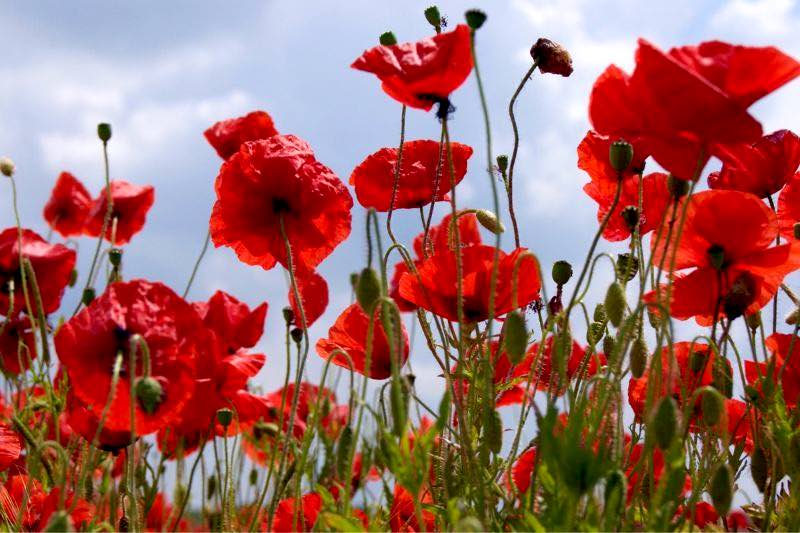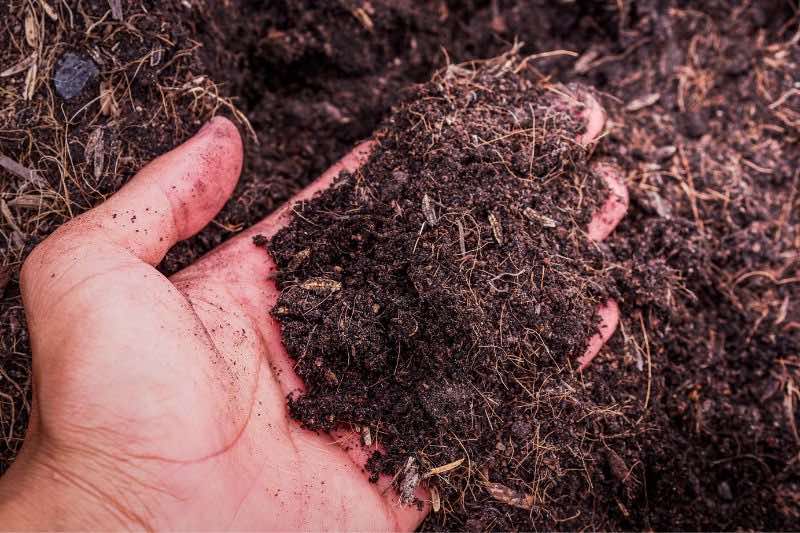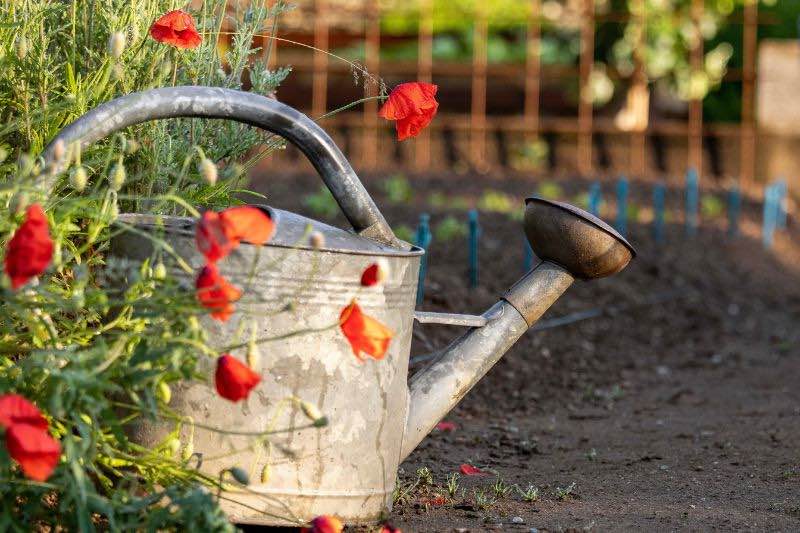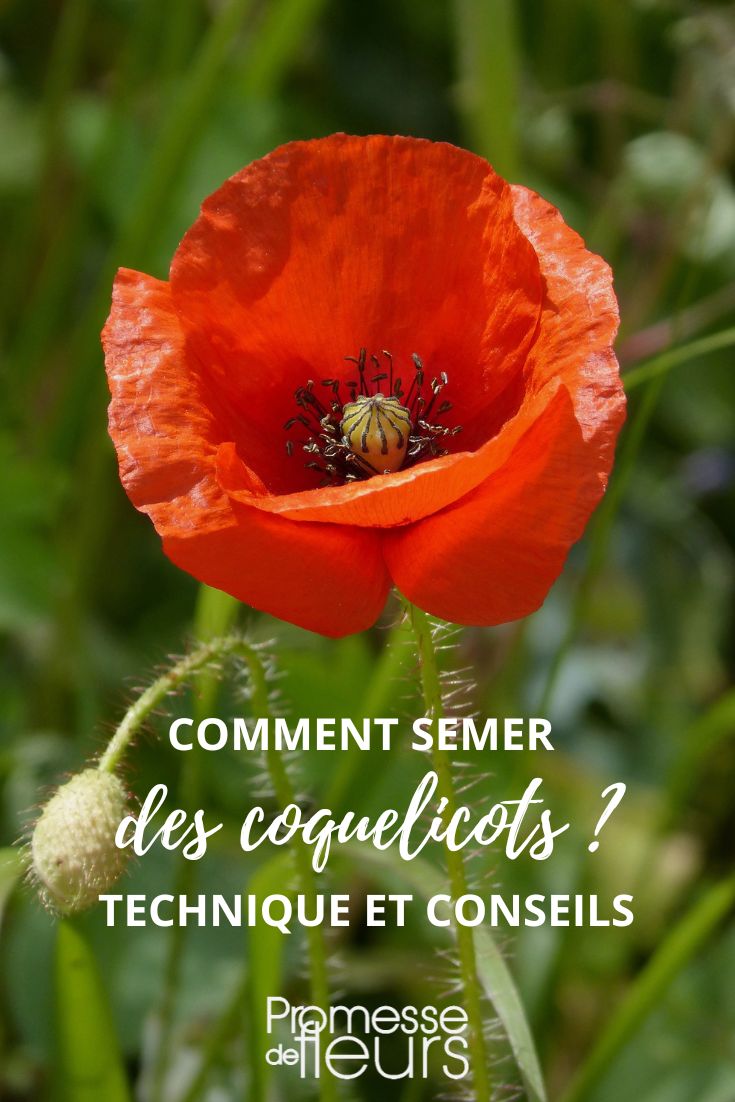Poppy poppy, also known as Papaver rhoeas, is an ephemeral, beautiful annual plant that adds a splash of bright colour to any garden. Red poppies are particularly prized for their beauty and symbolism. Sowing poppies is easy, but transplanting them can be tricky. It is therefore best to sow them directly outdoors. In this tutorial we will show when and how to sow poppies to achieve the best possible results.

When to sow poppies ?
Poppies prefer cool temperatures and generally grow in spring. Sow them either in early spring or in early autumn. Poppy seeds need cool soil to germinate, with temperatures between 10 and 15 degrees Celsius.
Prepare the soil for poppy seeds
Poppies prefer well-drained, light, fertile soil. Before sowing poppy seeds, prepare the soil. Remove weeds, stones and debris. Then lightly fork or rake the soil to aerate it and improve its structure. You can also add well-rotted compost or manure to enrich the soil with nutrients.

Sowing poppy seeds
To sow poppies, follow these steps:
- Mix the poppy seeds with fine sand to help distribute them.

- Sow seeds on surface of prepared soil. Poppies do not need to be buried deeply, as they need light to germinate.
- Lightly sprinkle soil over the seeds to cover them. Take care not to bury them too deeply.
- Water gently with a watering can fitted with a fine rose so as not to displace the seeds.
- Keep soil moist until germination, which usually takes 10 to 20 days.
Caring for poppies after sowing
After seeds have germinated, it is important to look after young poppy plants. Follow these tips to help them thrive:
- Thin out young plants by removing weaker specimens and leaving about 20 to 30 cm between each young plant. This will allow them to develop properly and avoid competition for nutrients and light.
- Water poppies sparingly. They prefer slightly moist soil but do not tolerate excess water.
- Mulch the soil around young plants to retain moisture and suppress weeds.
- Poppies generally do not require feeding. However, if your soil is poor in nutrients, you can apply a low-nitrogen liquid fertiliser once plants are well established.
- Watch for pests or diseases such as aphids and powdery mildew, and treat them if necessary.

Growing poppies in pots
If you have limited space or want to add poppies to your balcony or terrace, you can also grow them in a pot. Here’s how to proceed:
- Choose a pot at least 20 to 30 cm deep and in diameter, with drainage holes in the bottom.
- Fill the pot with a mix of good-quality potting compost and compost.
- Sow poppy seeds as described above.
- Place the pot in a sunny spot, where poppies will receive at least 6 hours of direct light per day.
- Water regularly to keep soil slightly moist, but avoid overwatering.
- Pinch off faded flowers to encourage further flowering.
By following these steps, you can enjoy the beauty of poppies in your garden or in a pot on your balcony.
Equipment needed
Here is a list of equipment you will need to sow poppies:
- Poppy seeds
- Sowing compost
- Sand
- Pots or sowing containers
- A watering can or sprayer
- Natural or artificial light source
- A growing support such as a seeding tray or a heated mat (facultative)
- Marker and labels for labelling pots




































Comments